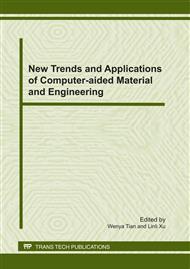p.302
p.307
p.312
p.317
p.322
p.327
p.332
p.337
p.342
Study of Goal-Oriented Migrating Workflow System Based on Mobile Computing Paradigm
Abstract:
Workflow systems provide the automation of business processes where a collection of tasks is organized between participants according to a set of defined rules to accomplish some business goals. However, due to the lack of flexible mechanisms, such as fast changing customer requirements and enterprise goal shifts, a static workflow definition designed at build time is inflexible to meet the complex, dynamic situations that happen at run time. This paper presents a goal- and agent-based migrating workflow model. Structure of goal model in goal-oriented migrating instance and a way how GoMI pursues its goals is presented. A case study on goal-oriented migrating workflow system using the proposed methodology is also illustrated in this paper, The major contribution of this paper includes: (1) a definition of GoMWf model adopted the mobile computing paradigm and a framework of GoMWf; (2) a definition of goal-oriented migrating instance (GoMI) and its architecture based on BDI model; (3) evaluation of goal-based workflow system and process-based workflow system.
Info:
Periodical:
Pages:
322-326
Citation:
Online since:
January 2011
Authors:
Keywords:
Price:
Сopyright:
© 2011 Trans Tech Publications Ltd. All Rights Reserved
Share:
Citation:


